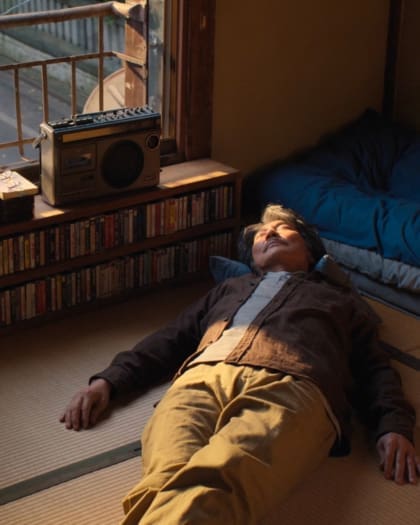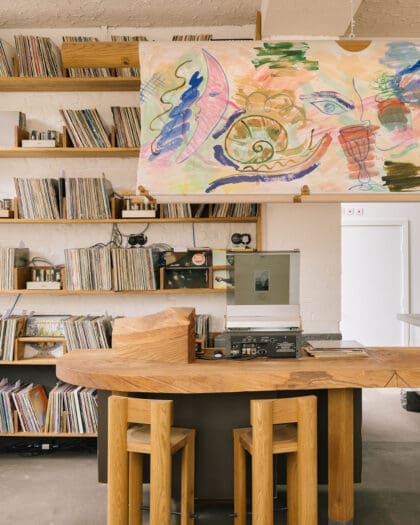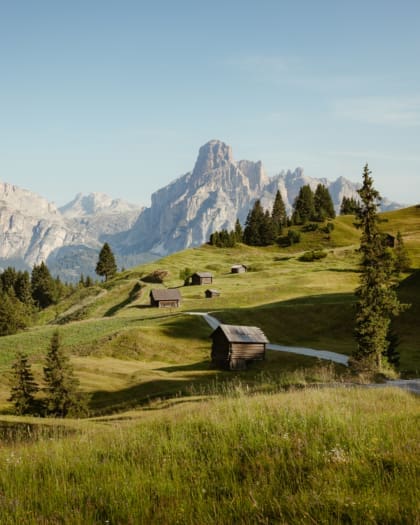
Introducing the radical tourism initiatives reshaping how we travel
From tourist taxes, stay-away campaigns and hotel-building bans to holistic notions of regenerative travel, we investigate a range of overtourism solutions aiming to redress the relationship between visitor and visited
As the fifth most visited country in the world, Italy has its fair share of attractions. From the rolling Tuscan hills to the white beaches of Sardinia, the 60 million people who arrive in the Bel Paese every year find no shortage of sights to see. Travel to the very northeast and you’ll find the Badia valley of the Dolomites, where sandstone mountains glitter above wildflower-strewn pastures and thick pine forests. The primo hotel here is La Perla in Corvara, a five-star haven in a traditional stone-wood chalet with a Michelin-listed restaurant.
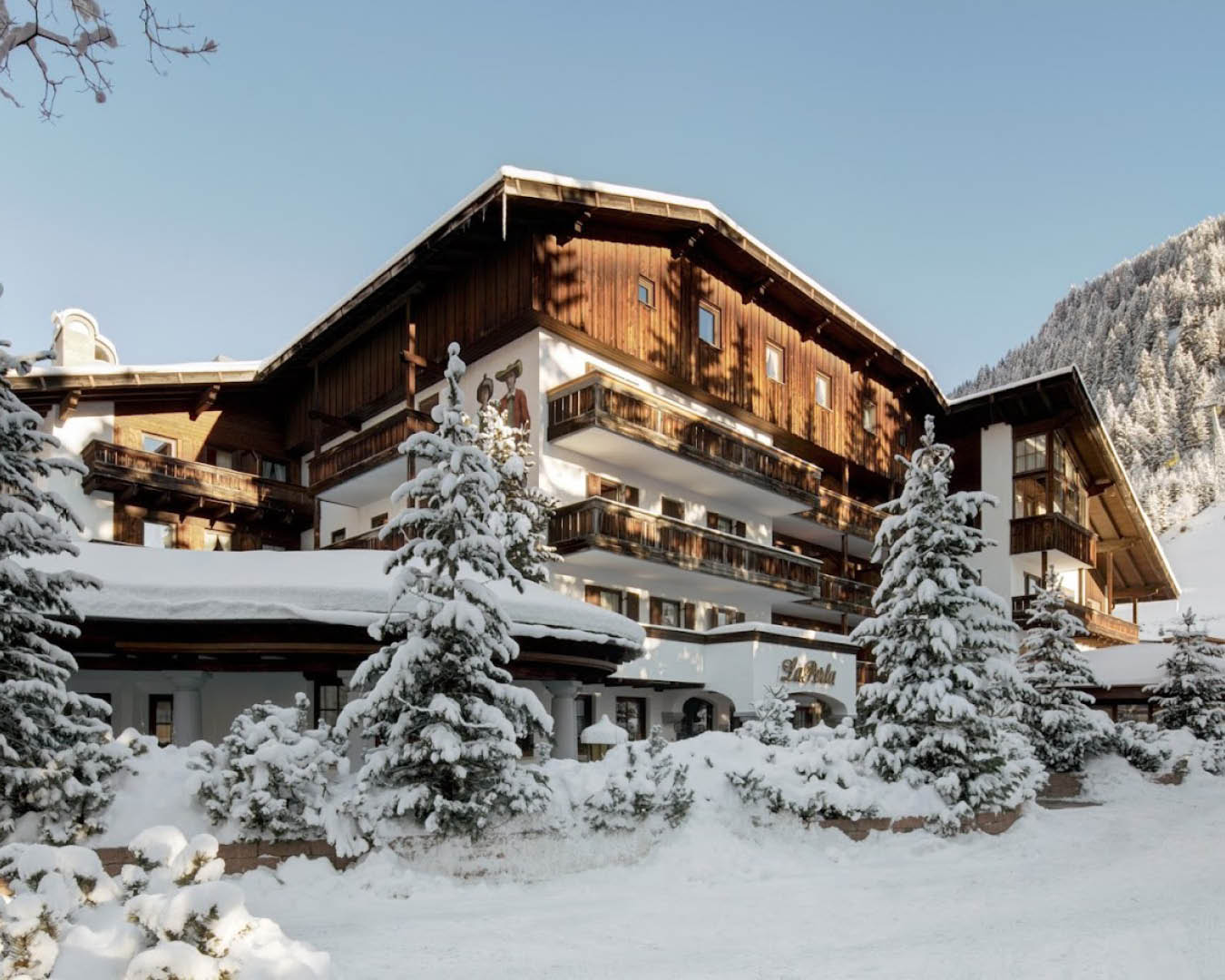
Sounds tempting? If the proprietor had things his way, you’d have to book seven years in advance. Not just to stay in La Perla, but to even set foot in the Dolomites region.
I asked Michil Costa if he really wanted to turn off instant booking for his hotel. “Of course,” he said, as if he’d just suggested maybe putting prices up a bit. “What is hardly accessible creates appeal. The Dolomite passes can no longer remain open to everything and everyone all the time.” Winter and summer tourism has brought prosperity to his home of Alta Badia, but it has much to lose, he says. A lack of thoughtful interaction between visitor and resident can lead to an erosion of environment and identity – the locals speak Ladin, a minority language, and keep alive a unique Germanic-Italian culture.
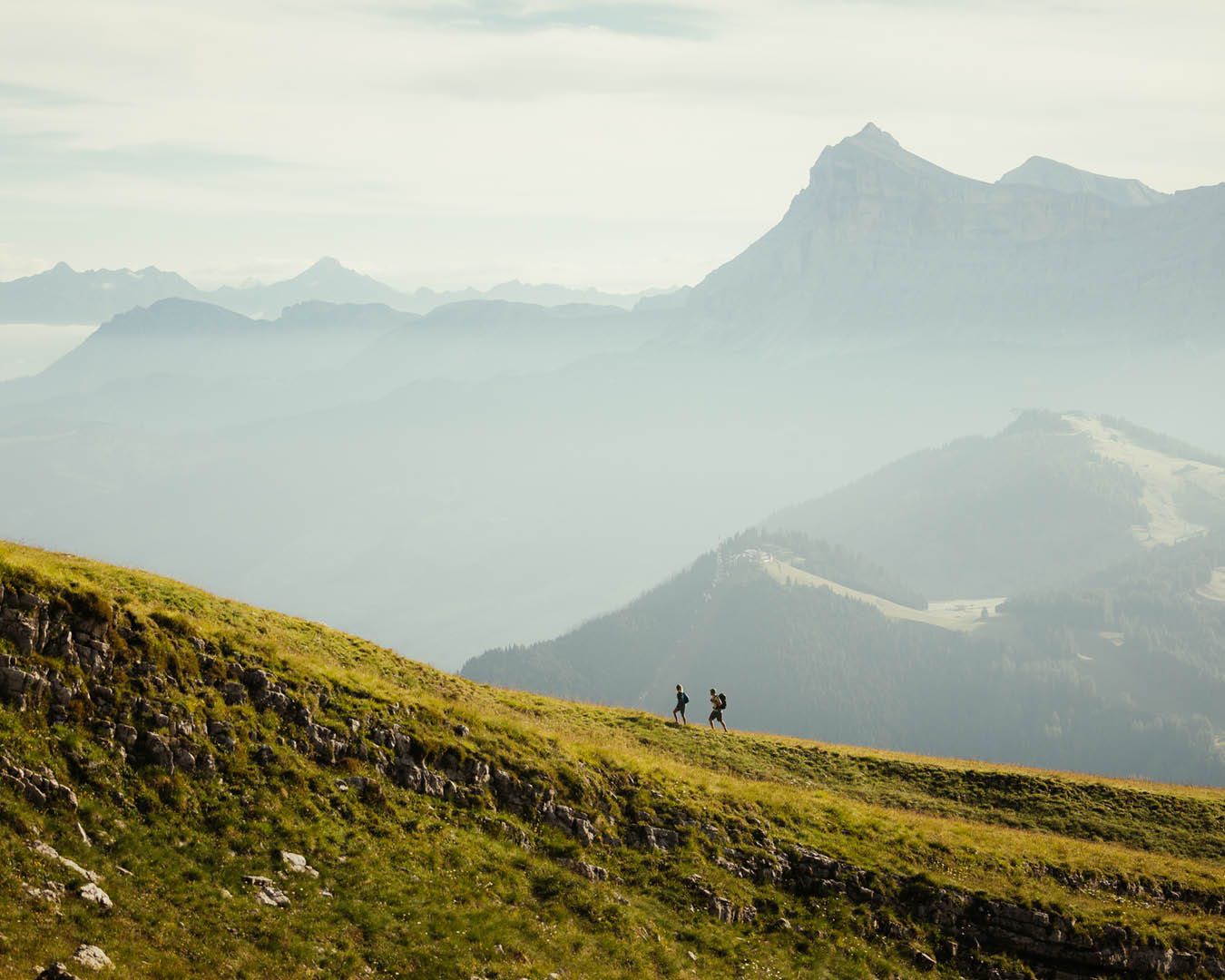
The wrong type of tourist?
Demanding that tourists book seven years in advance is eye-catching, if perhaps impractical – a radical solution to a growing issue. You could define the problem as ‘too many tourists’, or ‘the wrong type of tourists’, and the effects are evident.
Last year, 960 million people took a holiday. The UN estimates tourism will produce 5.3 per cent of human-made emissions by 2030. Rising property prices exclude locals from city centres in Auckland to Athens. Then there’s crowds, strained infrastructure, seasonal swings and economies that are over-reliant on visitors’ spending. Venice is a headline example: every year 20 million people stop by this city of 50,000 residents. La Serenissima hasn’t been so serene recently, as it became the first city in the world to charge a tourist entry fee (€5), a move met with protests from Venetians who said it made them feel like they were living in a theme park.
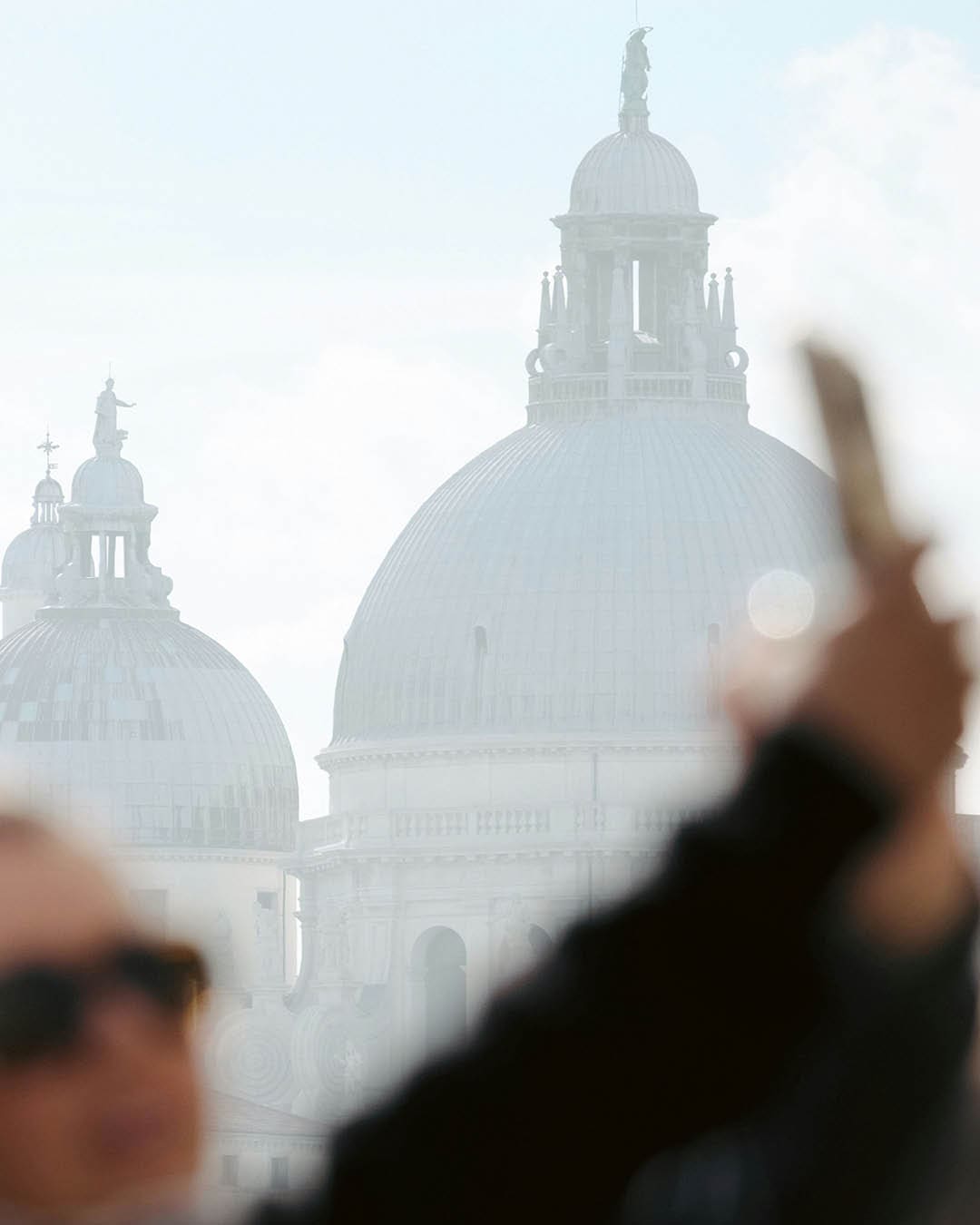
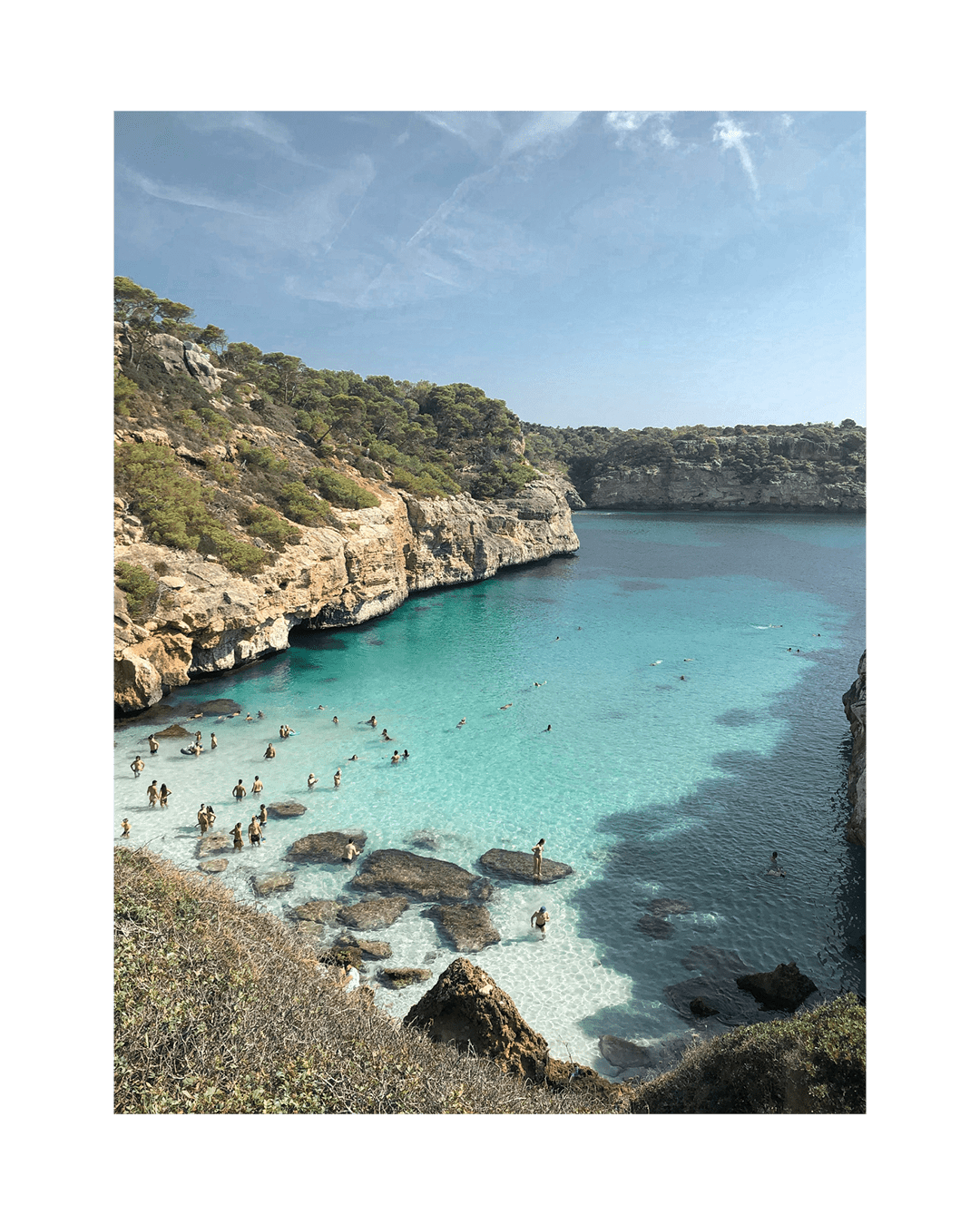
This summer has seen anti-tourist protests in the Canary and Balearic islands (menys turisme, més vida runs the Mallorcan slogan – ‘less tourism, more life’), following demonstrations in Greece, Austria and France. They’re part of a backlash to a tourist industry that has been growing unchecked since the 1960s. According to the UN, tourism is back to 88 per cent of its pre-pandemic levels. Perhaps those lockdown years of having their cities, beaches and mountains to themselves made locals long for a bit more tranquillity. Increasingly, destinations are imposing measures to reduce, deter or even ban visitors.
A lack of thoughtful interaction between visitor and resident can lead to an erosion of environment and identity
Radical overtourism solutions
In 2023 Amsterdam launched a high-profile ‘stay away’ campaign – hard-hitting digital ads targeted at anyone searching for its brothels, cannabis cafes or strip clubs, aimed at putting off hedonistic weekenders. This year it turned its sights on cruise passengers – who typically arrive in their thousands on polluting mega-boats and stay for only a few hours in portside areas – by voting to close its city centre cruise terminal. It has since gone ever further by banning the construction of new hotels, or expansion of existing ones – a symbolic decision given the city’s already tight planning controls, but a strong message nonetheless.
In a move that illustrates the occasional desperation of tourist-heavy cities, Barcelona’s council petitioned Google and Apple to remove the 116 bus route – often crammed with visitors on their way to the popular Park Güell – from their maps. The Austrian village of Hallstatt reacted to mobs of smartphone photographers by putting up fences to obscure its picture-postcard vista – a sticking-plaster solution the mayor admitted was intended to remind the world that Hallstatt is a home, not a selfie opportunity.
The uninhabited Greek island of Chrissi was effectively closed to tourists last year to prioritise its fragile ecosystem, said authorities. The same has happened in several of Thailand’s most popular hotspots, notably Maya Bay. With anti-tourist sentiment increasing, it’s easy to feel unwelcome when you step off a plane. But are tourist taxes and the like enough to change things?
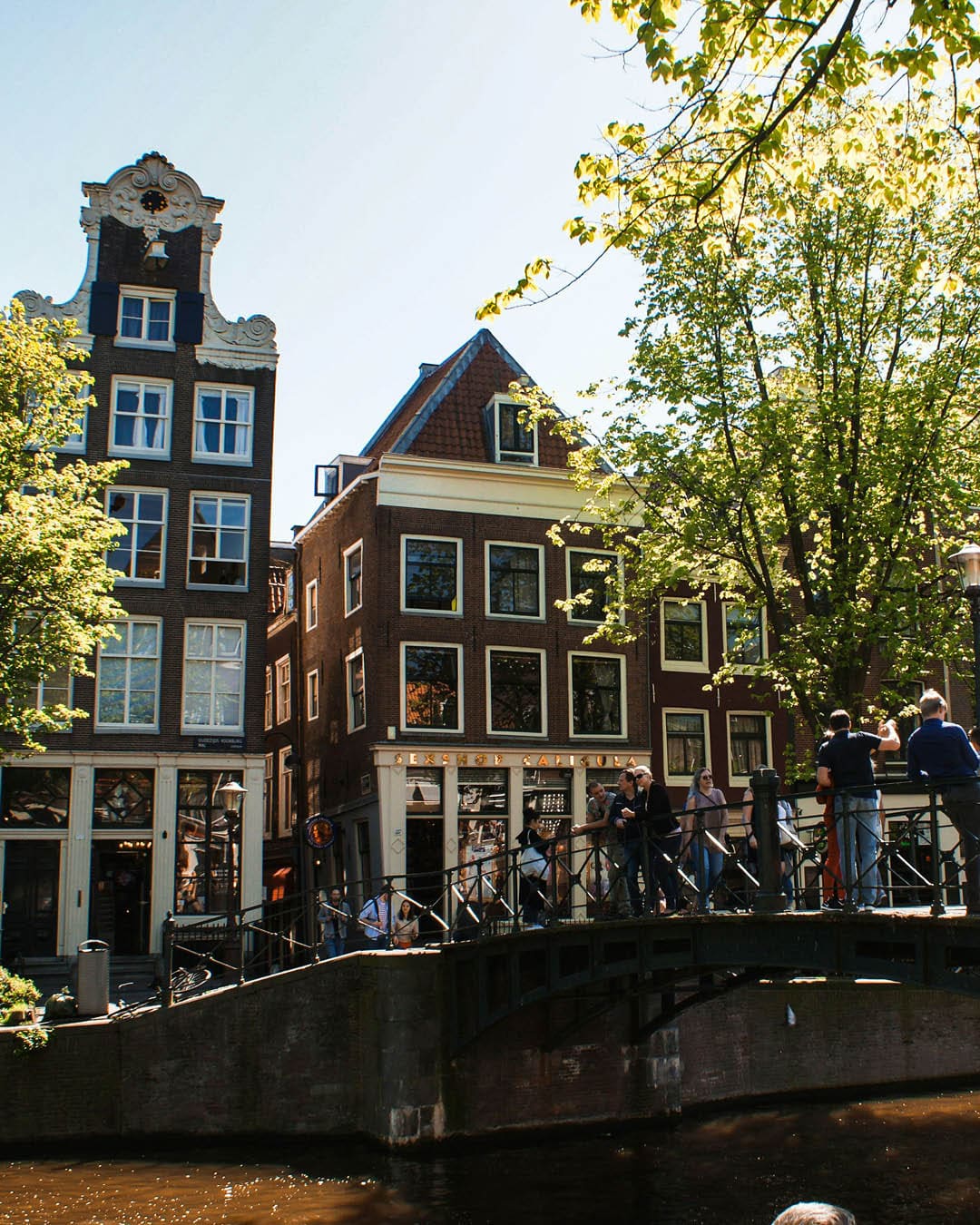
Taking a regenerative approach
Truly radical solutions target the structural inequalities of tourism, not just tourists themselves. I asked Dr Donna Chambers, professor of Critical Cultural Studies at Northumbria University and associate editor at Annals of Tourism Research, where she sees possibility for change. “The concept of regenerative tourism might provide an ‘answer’ to this issue,” she says, “as it requires a new economic model and a disruption of the status quo that perhaps goes beyond older concepts of community and sustainable tourism.”

The idea of regenerative tourism has been around for a while, but has recently started to enter mainstream conversation. New Zealand’s Tiaki Promise, which all visitors are encouraged to take on inbound Air New Zealand flights and at tourist centres, neatly sums up the concept: ‘While travelling in New Zealand I will care for land, sea, and nature, treading lightly and leaving no trace; travel safely, showing care and consideration for all; respect culture, travelling with an open heart and mind.’ To work, regenerative tourism requires involvement at every layer: governments have to pass laws, locals and workers have to be educated in the philosophy, and the industry itself has to implement the principles as part of its model – which, for the most part, is still a capitalist one.
With anti-tourist sentiment increasing, it’s easy to feel unwelcome when you step off a plane. But are tourist taxes enough to change things?
An uneven power balance
It’s also essential to consider that when tourists from the Global North visit the Global South, the inherent power imbalance becomes more significant. “The countries of the small islands in the Caribbean and the Pacific, for example, are heavily tourism dependent,” says Dr Chambers. “Economically and politically, there is an imbalance of power as most of the tourists, tourism businesses and knowledge systems are from the richer countries of the Global North, who have more wealth, political power and hegemony on the global scale.”
She says that in this sense tourism can be perceived as neo-colonialism: “an extractive industry that transfers wealth from the Global South to the Global North and where both residents and the environment are exploited.” Tourism, then, must go through a process of decolonisation to become truly sustainable. Practically, this means acknowledging the historical injustice of leisure travel, challenging the current systems that maintain inequality, and committing to change that rebalances relationships before profit.

This means, for example, the end of unsustainably cheap flights, a move away from all-inclusive resorts that funnel profits back to overseas parent corporations towards community integration, and limits on how often and how far people can actually travel. “I believe decolonising tourism questions the education system, our system of ethics and values, and our economic model,” says Dr Chambers. “Whose knowledge is seen as legitimate? What is seen as worthwhile? Why is GDP the dominant measure of ‘success’? And why is profit making and constant growth seen as the only way?”
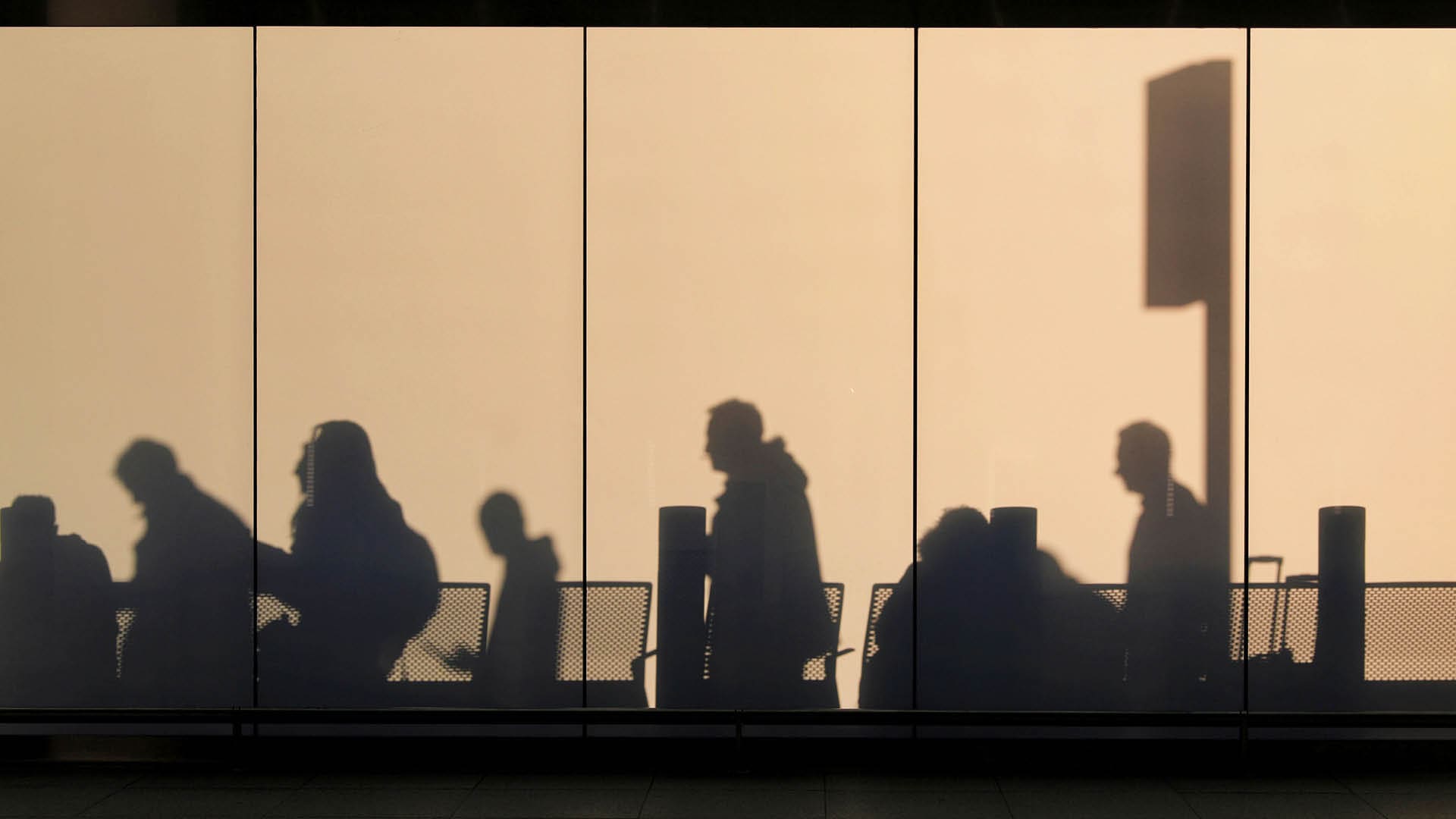
How much is too much?
While acknowledging the effect unmanaged tourism can have on residents’ lives, it’s easier to say no to holidaymakers when alternative sources of income exist. Natalia Bayona, UN Tourism executive director, recognises there are problems attributable to mass tourism, but is keen to point out benefits. She says the sector is the main employer of youth and women around the world and, when coupled with education and innovation, can be a positive force. “Tourism can increase inclusivity by promoting economic growth, cultural interchange and social integration,” she says. “We also need to continue promoting a more sustainable and courteous tourism sector by raising awareness among both visitors and locals about the impact of their actions for the future generations.”
Anti-tourist protests are an understandable reaction by frustrated locals, but balancing the relationship between visitor and visited can make the experience more fulfilling for both. Back in Alta Badia, Michil Costa gives me his take on mass tourism – it sounds like he’s not ready to turn it off just yet. “‘Too much’ is relative,” he says. “There is too much when we no longer have the ability to seek an encounter with the ‘other’ – the other being the customer, who in addition to bringing us economic prosperity brings us culture and knowledge. We should take the time to ‘educate’ them in a conscious manner, changing them from customer to guest.”


